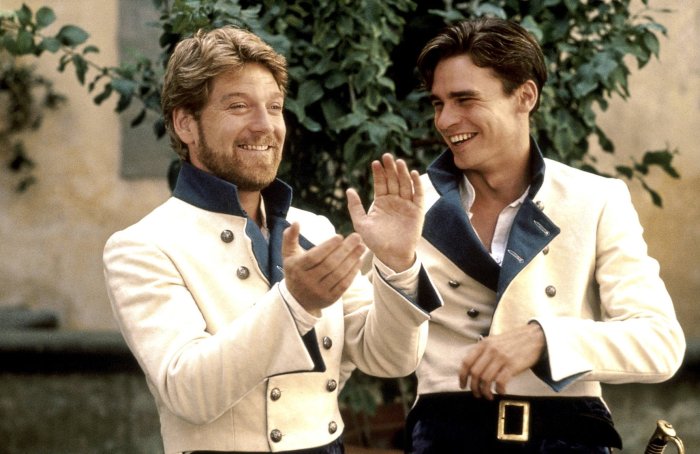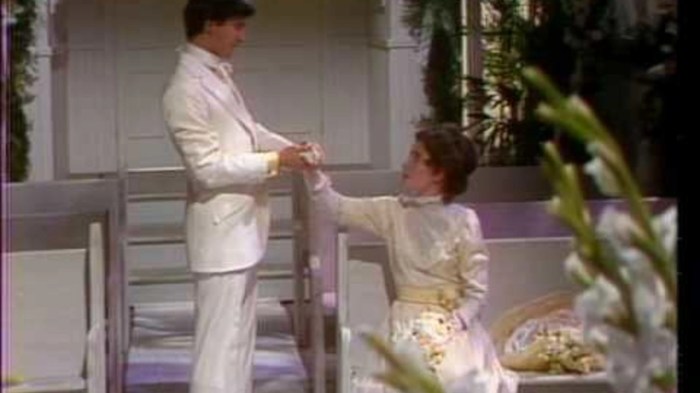Much ado about nothing clue – Embark on a literary journey with “Much Ado About Nothing,” a captivating play that unravels the complexities of love, deception, and honor. Dive into the witty banter and poignant insights that have made this Shakespearean masterpiece an enduring classic.
From the transformation of Benedick to the sharp-tongued Beatrice, each character’s journey offers a profound exploration of human nature. The intricate plot, interwoven with themes of love, marriage, and deception, keeps readers engaged from beginning to end.
Character Analysis

Much Ado About Nothing presents a vibrant cast of characters who undergo significant transformations throughout the play. Benedick and Beatrice, the central protagonists, engage in a witty battle of words that masks their underlying attraction. Claudio and Hero, the young lovers, face challenges that test their relationship.
Benedick: Transformation and Redemption
Benedick, a witty and cynical bachelor, initially declares his disdain for love and marriage. However, his encounters with Beatrice gradually soften his heart. Beatrice’s intelligence and independence challenge his preconceptions, leading him to reconsider his views on relationships. Through a series of clever stratagems, Benedick is tricked into confessing his love for Beatrice, proving that even the most ardent of cynics can be swayed by the power of love.
Beatrice: Wit and Independence
Beatrice, a sharp-tongued and independent woman, is a force to be reckoned with. Her quick wit and clever repartee make her a formidable opponent in any verbal joust. Beatrice’s independence is evident in her refusal to conform to societal expectations.
She values her freedom and refuses to be pressured into marriage. However, beneath her witty exterior lies a vulnerable and sensitive woman who yearns for love and companionship.
Claudio and Hero: Love and Betrayal
Claudio and Hero, the young lovers, represent the traditional ideals of romance. Claudio is a valiant soldier who falls head over heels for Hero’s beauty and virtue. Hero, in turn, is a devoted and loving woman who is deeply in love with Claudio.
However, their relationship is tested when Claudio is deceived into believing that Hero has been unfaithful. This betrayal leads to a series of misunderstandings and heartbreak, ultimately forcing the lovers to confront the true nature of love and forgiveness.
Themes and Motifs

Much Ado About Nothingexplores various themes and motifs that shape the play’s narrative and character dynamics.
Love and Marriage
The theme of love and marriage is central to the play. It is depicted through the relationships between Beatrice and Benedick, Claudio and Hero, and Leonato and Antonio. Beatrice and Benedick’s witty banter and mutual disdain gradually transform into love, challenging societal expectations of marriage.
Claudio and Hero’s love is tested by deception and slander, highlighting the fragility of relationships. Leonato and Antonio’s bond as brothers-in-law emphasizes the importance of family and loyalty.
Deception
Deception plays a significant role in the plot. Don John’s machinations to separate Beatrice and Benedick and ruin Claudio and Hero’s wedding reveal the devastating consequences of deceit. The characters’ gullibility and quickness to believe rumors demonstrate the ease with which deception can manipulate people and relationships.
Honor and Reputation
Honor and reputation are highly valued in the play. Claudio’s hasty decision to reject Hero at the altar based on false accusations highlights the importance of maintaining one’s honor. Beatrice’s defense of Hero’s reputation and her willingness to challenge Claudio’s accusations demonstrate the value of integrity and justice.
Literary Devices and Techniques

Shakespeare’s mastery of language is evident in “Much Ado About Nothing” through his use of wordplay, puns, and metaphors. These devices add wit and humor to the play, enhance characterization, and create a rich and engaging atmosphere.
Wordplay and Puns
Shakespeare uses wordplay and puns to create humor and highlight the characters’ wit. For instance, Beatrice’s witty remarks and puns, such as “I would not marry him, though he were an Ethiop,” demonstrate her sharp tongue and intelligence.
The play’s title “Much Ado About Nothing” hints at a hidden clue. Digging deeper into this clue leads us to an unexpected connection between Helen Keller and Mark Twain, two extraordinary individuals who shared a remarkable friendship. Their story reveals how they navigated life’s challenges and inspired countless others.
Returning to the play, we can now appreciate the subtle foreshadowing in the title, hinting at the hidden depth beneath the surface of this seemingly trivial comedy.
Metaphors
Metaphors are used to create vivid imagery and convey deeper meanings. For example, Beatrice describes love as “a jest, a very good jest,” emphasizing its playful and unpredictable nature.
Setting, Much ado about nothing clue
The play’s setting in Messina, Italy, contributes to its lighthearted and romantic atmosphere. The sunny Mediterranean setting evokes images of love, laughter, and social gatherings.
Foreshadowing and Irony
Shakespeare uses foreshadowing and irony to create suspense and dramatic tension. For instance, the play opens with the news of Don Pedro’s impending visit, foreshadowing the arrival of the main characters and the ensuing love triangles.
Historical and Cultural Context: Much Ado About Nothing Clue

Much Ado About Nothingwas written during the Elizabethan era, a period of significant social and cultural change in England. The play reflects the values and norms of this era, including the emphasis on social hierarchy, honor, and marriage.
Elizabethan Social Norms and Values
- Social Hierarchy:Elizabethan society was strictly hierarchical, with the monarch at the top and commoners at the bottom. Social status determined a person’s rights, privileges, and opportunities.
- Honor:Honor was highly valued in Elizabethan society. It was associated with reputation, status, and social standing. Any perceived insult or challenge to one’s honor could lead to a duel or other form of violence.
- Marriage:Marriage was seen as a social and economic institution. It was often arranged for financial or political reasons, rather than for love. Women had few rights in marriage and were expected to be subservient to their husbands.
Influence of Italian Literature and Culture
Shakespeare was influenced by Italian literature and culture, particularly the works of the Italian playwright Ludovico Ariosto. Much Ado About Nothingshares many similarities with Ariosto’s play Orlando Furioso, including the use of mistaken identities, witty dialogue, and a focus on love and romance.
Relevance to Contemporary Audiences
Despite being written over 400 years ago, Much Ado About Nothingremains relevant to contemporary audiences. The play’s themes of love, deception, and honor continue to resonate with people today. The play’s witty dialogue and engaging characters also make it an enjoyable and entertaining work to read or watch.
Essential FAQs
What is the main theme of “Much Ado About Nothing”?
The play explores the complexities of love and marriage, particularly the transformative power of love and the consequences of deception.
Who is the most memorable character in the play?
Beatrice, with her sharp wit and independent spirit, is a standout character who brings humor and depth to the story.
How does the play reflect Elizabethan social norms?
The play’s emphasis on honor and reputation, as well as the gender roles and expectations, reflects the social values of the Elizabethan era.
